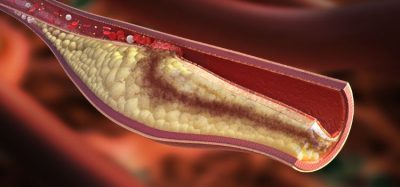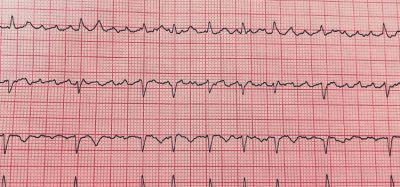New drug delivery implant could treat patients remotely
Posted: 28 June 2019 | Victoria Rees (European Pharmaceutical Review) | No comments yet
Researchers have developed a new drug delivery system that can be remotely controlled to administer patients with medication.


Researchers have successfully delivered continuous, predetermined dosages of two chronic disease medications using an implanted nanochannel delivery system (nDS). The team hopes that the grape-sized drug delivery device could be used to treat patients remotely and reduce costs on the healthcare system.
The nDS device provides controlled release of drugs without the use of pumps, valves or a power supply for up to a year without a refill for some patients. The device is remotely controlled using Bluetooth technology.
The researchers from the Houston Methodist Research Institute, US accomplished long-term delivery of drugs for rheumatoid arthritis and high blood pressure. These medications are often administered at specific times of the day or at varying dosages based on patient needs.
The battery-powered implant relies on wireless communication. To prove the technology worked as planned, the microchip was programmed for three different drug release settings – standard, decreased and increased. With each setting, a specific voltage was applied to a silicon nanochannel within the implant to control drug release.
The nDS device is implanted under the skin and uses a nanofluidic membrane made with similar technology used in the silicon semiconductor industry. The drug dosage and schedule can be tailored to each patient and the implant delivers the drugs for up to a year before refills are needed.
“We see this universal drug implant as part of the future of healthcare innovation. Some chronic disease drugs have the greatest benefit of delivery during overnight hours when it’s inconvenient for patients to take oral medication. This device could vastly improve their disease management and prevent them from missing doses, simply with a medical professional overseeing their treatment remotely,” said Dr Alessandro Grattoni, corresponding author and chair of the department of nanomedicine at Houston Methodist Research Institute.
The findings were published in Lab on a Chip.









